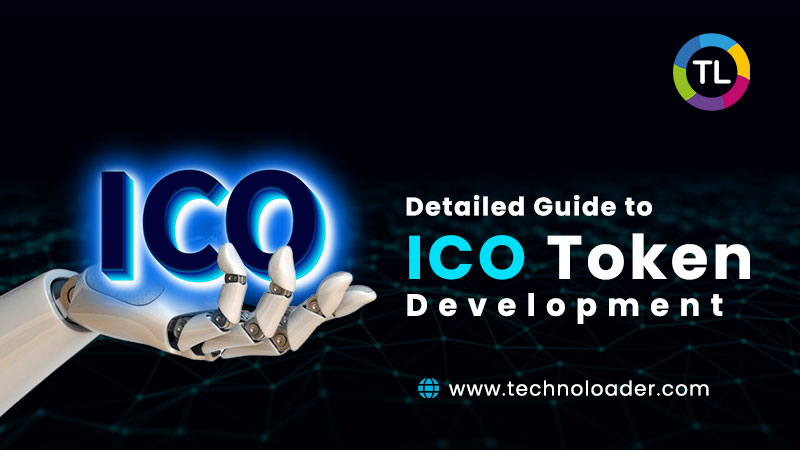
Introduction
The SAP Sales and Distribution (SD) module has genuinely been a rock-solid part of enterprise resource planning (ERP) systems, facilitating effective management of sales, shipping, billing, and customer orders. Since its invention, the SAP Sales and Distribution Certification has evolved significantly to adapt to the changing nature of business and technology.
Let’s now proceed ahead, and have a look at the historical progression of SAP SD, highlighting some of its transformations.
Know the early times of SAP SD
SAP SD was introduced as part of SAP R/2 in the 1970s. SAP R/2 was a mainframe-based, real-time business application suite. The SD module in R/2 was relatively basic, offering fundamental functionalities for managing sales orders, pricing, and billing. This period marked the foundation of integrated sales processes, enabling businesses to streamline operations and improve efficiency.
Know the over-all transition to SAP R/3
In the 1990s, SAP R/3 was launched, revolutionizing the ERP landscape with its client-server architecture. SAP SD in R/3 brought a plethora of enhancements:
-
The graphical user interface (GUI) made it easier for users to navigate and interact with the system.
-
Enhanced integration with other modules like Materials Management (MM), Production Planning (PP), and Financial Accounting (FI) allowed for seamless data flow and comprehensive business process coverage.
-
Advanced features such as availability checks, credit management, and advanced pricing strategies were introduced, providing businesses with greater control over their sales processes.
Know the present “Internet Era & SAP ECC relations”
The advent of the internet in the late 1990s and early 2000s prompted SAP to further innovate. SAP ECC (ERP Central Component) was introduced, incorporating internet capabilities to support e-commerce and online transactions. Key developments in SAP SD during this period included:
-
E-Selling: Integration with online sales channels has let businesses manage web-based orders alongside traditional sales processes.
-
Global Trade: Features to manage international trade, like- export control and import documentation, were added to support global business operations.
-
Customer Relationship Management (CRM): Although CRM became a separate module, SAP SD maintained quite close integration, assuring comprehensive customer data management and improved sales strategies.
Know the future path of SAP SD
The evolution of SAP SD is far from over. Future developments are likely to focus on the following areas:
-
Integration of AI and ML capabilities to automate routine tasks, predict customer behaviour, and optimize sales strategies.
-
Mobile applications and solutions to support sales teams on the go, ensuring they have access to real-time data and tools.
-
Utilizing blockchain technology for secure and transparent sales transactions, particularly in industries where provenance and authenticity are critical.
-
Not only this, it will also leverage the Internet of Things (IoT) to gather data from connected devices, providing deeper insights into product usage and customer needs.
SAP SD & S/4HANA: Digital Transformation
The digital age has dominated in the era of SAP S/4HANA, a next-generation ERP suite designed for the cloud and in-memory computing. SAP SD in S/4HANA has undergone significant transformation:
-
Leveraging the in-memory capabilities of HANA, SAP SD now offers real-time data processing and analytics, enhancing decision-making and responsiveness.
-
In fact, the architecture of S/4HANA simplifies complex data models, reducing redundancy and improving system performance.
-
The introduction of the Fiori UX provides an intuitive, role-based interface, enhancing user productivity and satisfaction.
-
Embedded analytics and reporting tools enable deeper insights into sales performance and customer behaviour.
Conclusion
From the information listed above, it’s quite clear that the SAP SD Training Online from its early days in SAP R/2 to the sophisticated capabilities in S/4HANA reflects the broader evolution of enterprise technology. Each phase of its development has been marked by innovations that have enabled businesses to adapt to changing market conditions and technological advancements. So, for future concerns, SAP SD is poised to continue evolving, driven by emerging technologies and the ever-growing demand for efficiency and customer-centricity in sales processes.









